Molecular Diagnostics
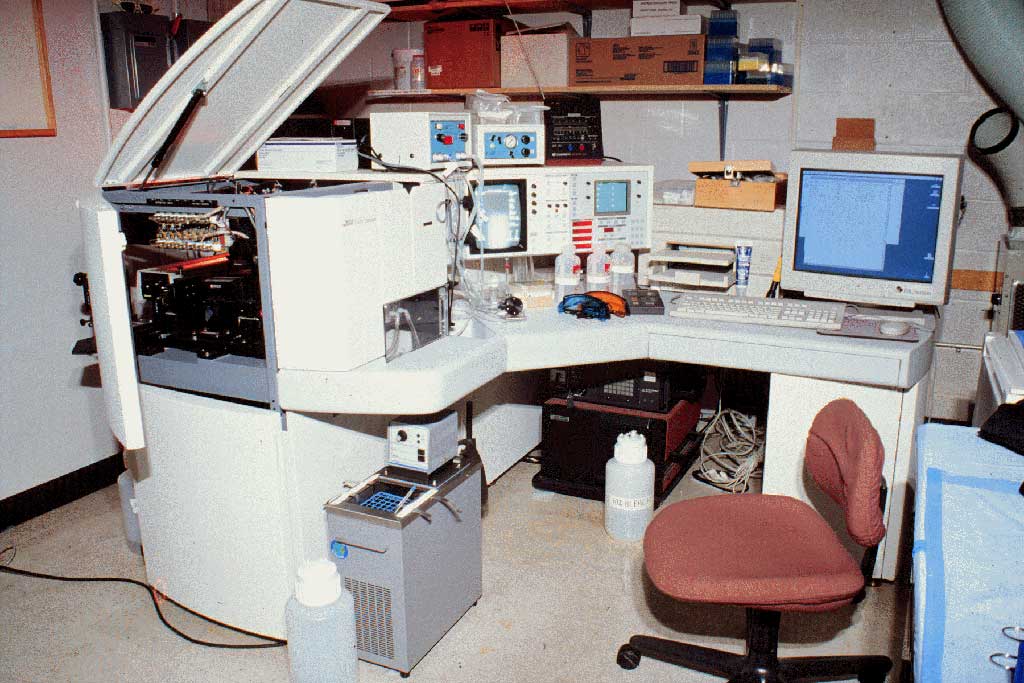
Plasma Serglycin Levels Evaluated for Diabetic Retinopathy Diagnosis
Diabetic retinopathy (DR), a microvascular complication caused by chronic diabetes mellitus (DM), is a significant threat to vision in adults, which may even lead to blindness and retinal detachment. The clinical symptoms of DR include fibrosis, capillary obstruction, neovascularization, and increased vascular permeability. More...04 Jan 2021

Single-Cell Transcriptome Links Gut Development, Pediatric Crohn's Disease
Development of the human intestine is a highly complex process that requires synergy between a wide range of cell types. Importantly, environmentally triggered alterations in early development have been implicated in a range of immune-mediated pathologies, including inflammatory bowel diseases (IBD). More...29 Dec 2020

Rare Genetic Variants Can Contribute to Ischemic Heart Failure
Heart failure affects about 40 million people globally, and most cases are due to ischemic heart disease, hypertension, or cardiomyopathies. Cardiomyopathies have been traced to rare variants in genes that encode sarcomere or cytoskeletal proteins, channels, or desmosomes, while genome-wide association studies have underscored common variants linked to heart failure. More...29 Dec 2020
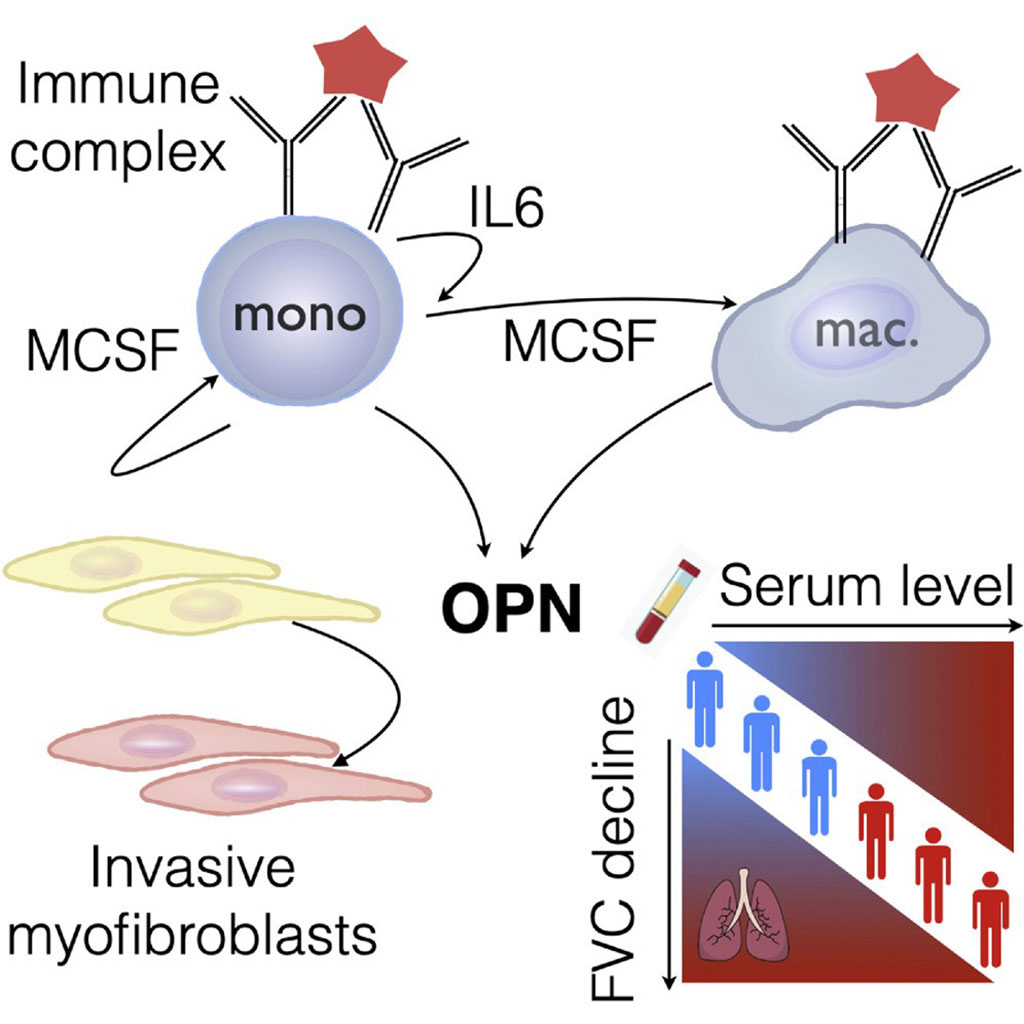
Osteopontin Linked to Progressive Lung Scarring in Scleroderma Patients
Systemic sclerosis (SSc) is an autoimmune disease characterized by a distinct pathogenic triad of microvascular damage, dysregulation of innate and adaptive immunity, and fibrosis involving skin and many internal organs, such as the heart, kidney, and lungs. More...28 Dec 2020
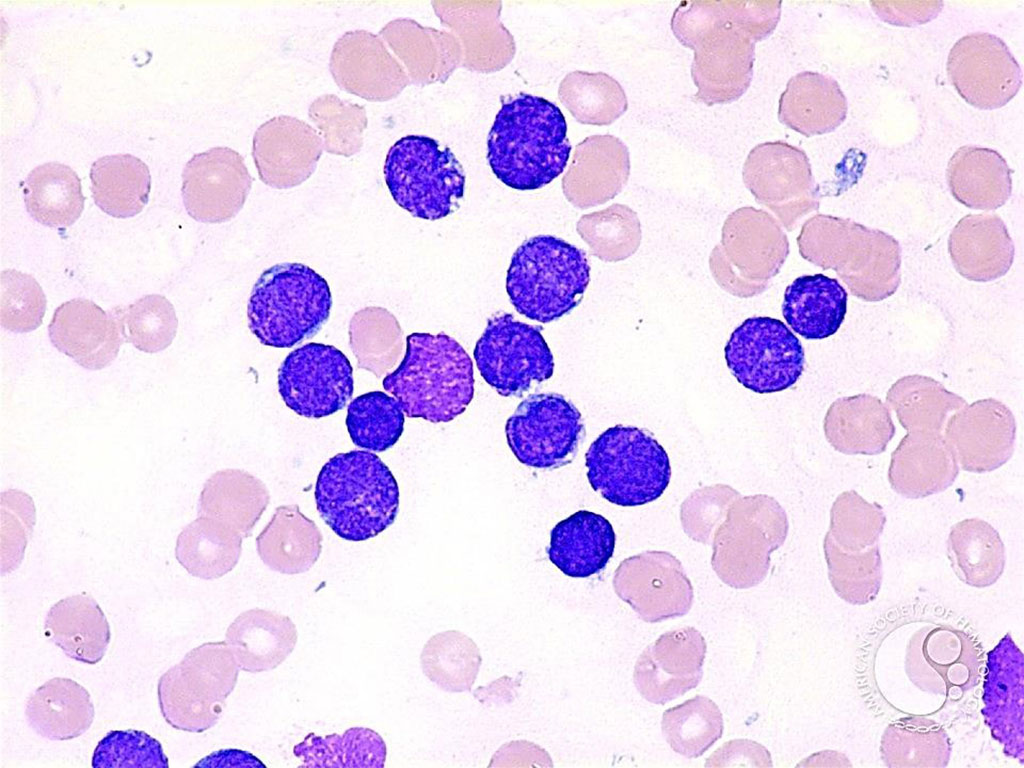
Next-Generation Sequencing Detects Residual Disease in Acute Lymphoblastic Leukemia
The use of next-generation sequencing (NGS) to detect residual disease in acute lymphoblastic leukemia (ALL) patients after treatment can better gauge their risk of relapse and overall survival than multiparameter flow cytometry. More...24 Dec 2020
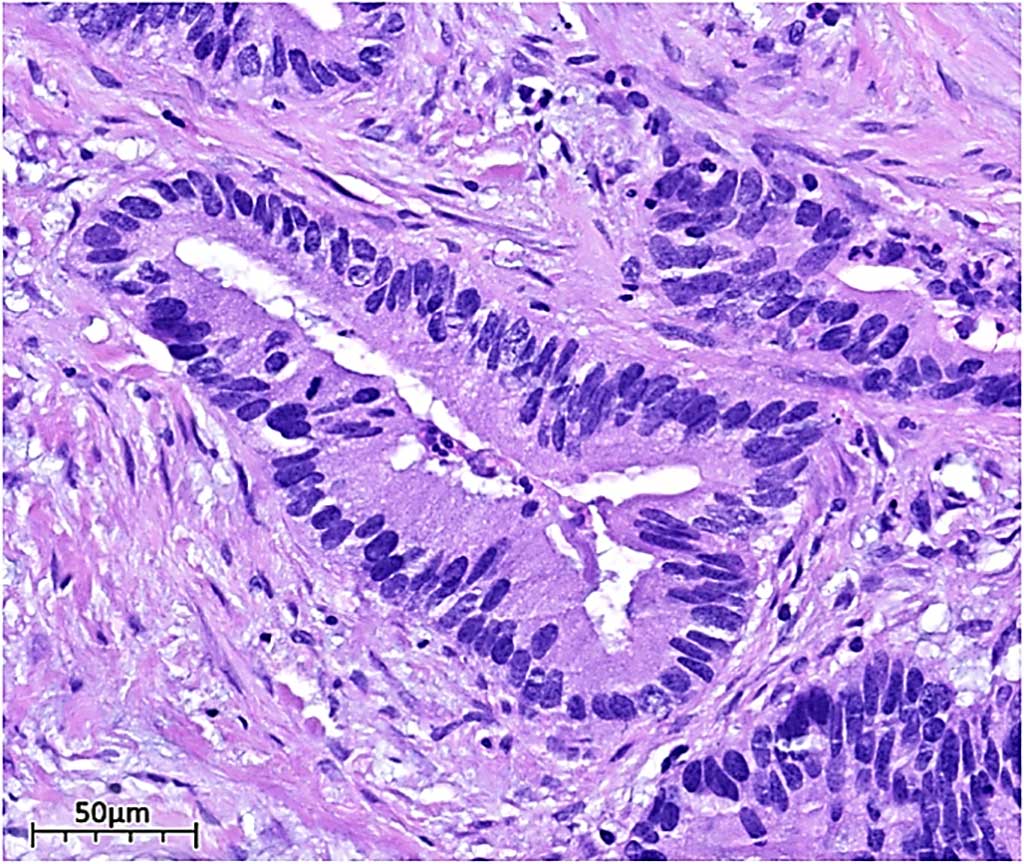
Distinct Mutation Patterns Identified in Appendiceal Cancer
The incidence of appendiceal cancer (AC) is rising, particularly among individuals younger than 50 years (early-onset AC), with unexplained etiologies. The unique spectrum of somatic cancer gene variations among patients with early-onset AC is largely undetermined. More...24 Dec 2020
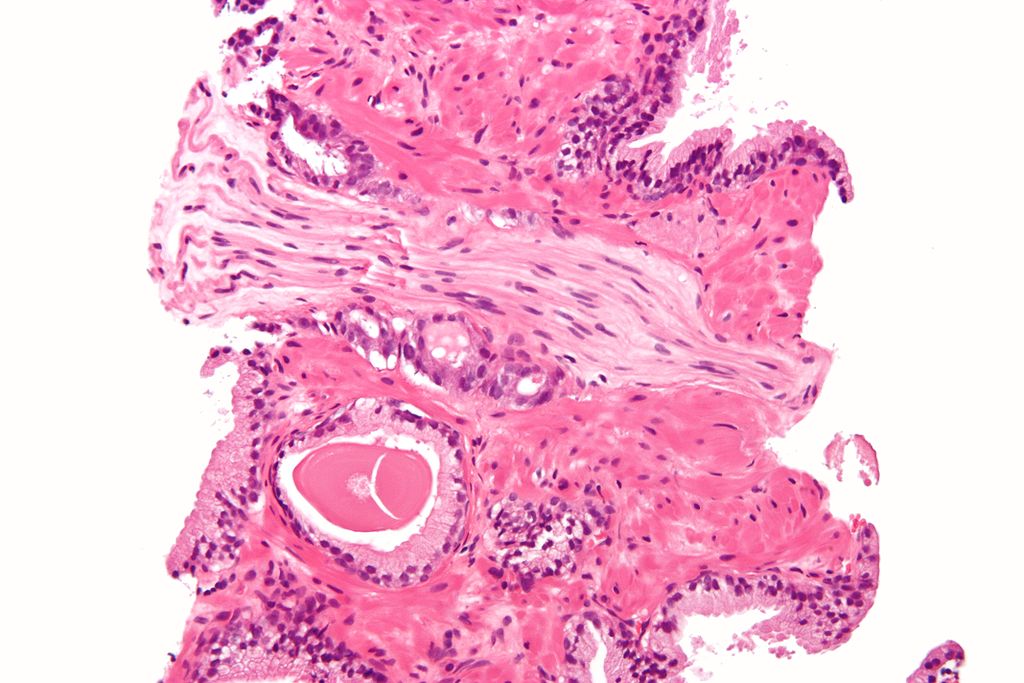
Novel Classification System Identifies Prostate Cancer Patients Who May Benefit from Combined Immune and Radiation Therapies
A novel classification system is expected to aid in the subtyping of aggressive prostate cancers in patients who may benefit from combined immune and radiation therapies. More...22 Dec 2020
In Other News
Plasma Levels of N-terminal Tau Fragments Predict Likelihood of Cognitive Decline in Elderly Individuals
Gene Expression Signature Traces Nonalcoholic Fatty Liver Disease Progression
Rapid Decentralized Testing for Diagnosis of COVID-19
Microtubule Binding Region of Tau Protein Is a Biomarker for Diagnosis of Alzheimer’s Disease
Nanodiamonds Dramatically Boost Immunoassay Sensitivity
Some Phosphorylated Tau Proteins Indicate Alzheimer’s Disease Prior to Appearance of Cognitive Impairment
Rare Variants Associated with Blood Pressure Regulation
Fast Antibacterial Susceptibility Testing by Measuring Electron Transfer Metabolism
Single-Cell Analysis Elucidates Mutation Patterns in Myeloid Malignancies
SARS-CoV-2 RNA Test Assessed Among Recovered COVID-19 Patients
Panel of Urinary Peptides Used to Diagnose Liver Fibrosis
Metagenomic Sequencing Quickly Identifies Pathogens in Body Fluids
Blood Biomarker Protein Correlates with Severity of Brain Damage in Stroke Patients
COVID-19 Lung Damage Caused by Persistence of Abnormal Cells
Levels of MicroRNAs in Saliva Are Diagnostic for Mild Traumatic Brain Injury
Methylated DNA Profiling Explored for Prenatal Testing Applications
CRP Tracking Predicts Potential Outcome for Hospitalized COVID-19 Patients
Blood Cell Mutations Underlie Severe Autoinflammatory Disease
A New Approach for Rapid Detection of Acute Kidney Injury in Children
Molecular Blood Test Kit Detects Gastric Cancer Early
A Breath-Analysis Test for Rapid Diagnosis of COVID-19
A Liquid Biopsy for Diagnosis of Pediatric High-Grade Glioma
Single-Cell Sequencing Reveals Clonal Diversity Among AML Patients
Genetic Testing channel of LabMedica brings the latest in molecular genetics, cytogenetics, and epigenetics, and methods from PCR to FISH, and more.











